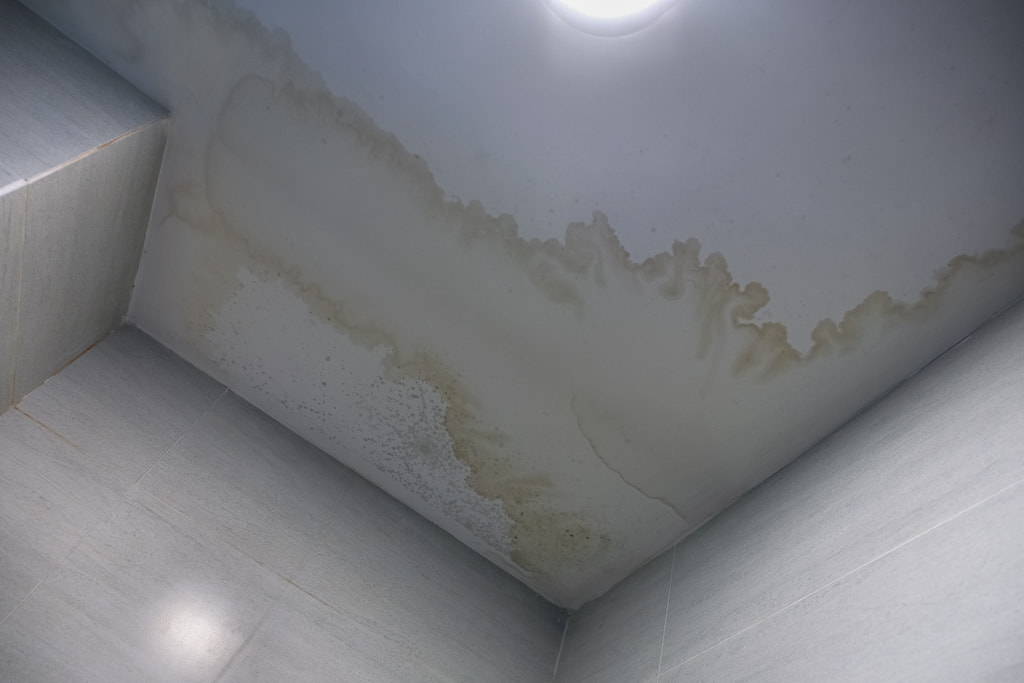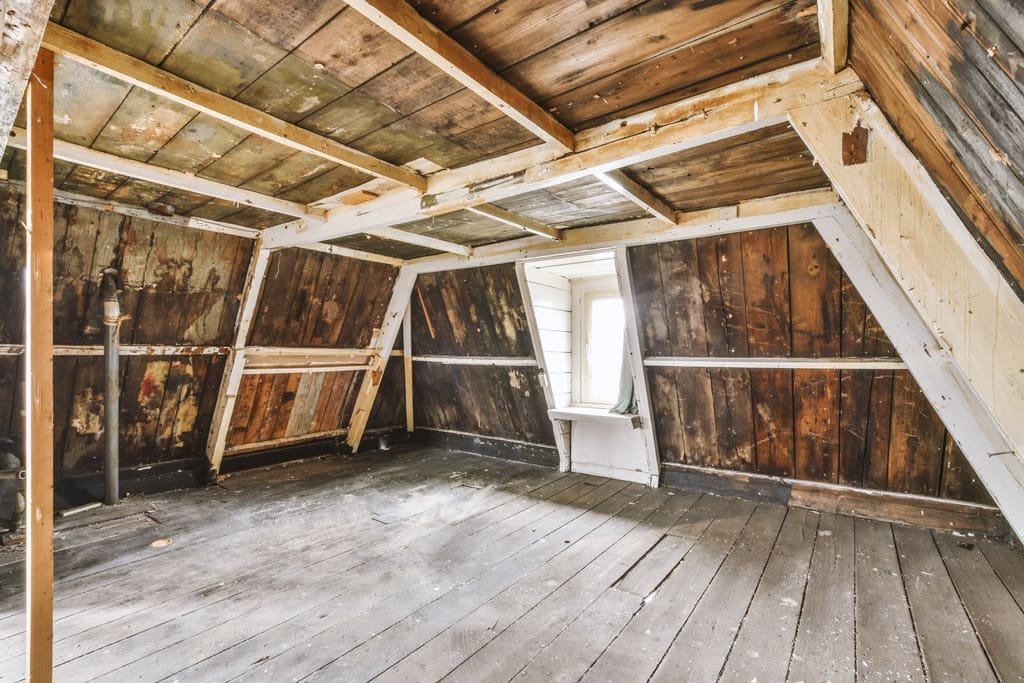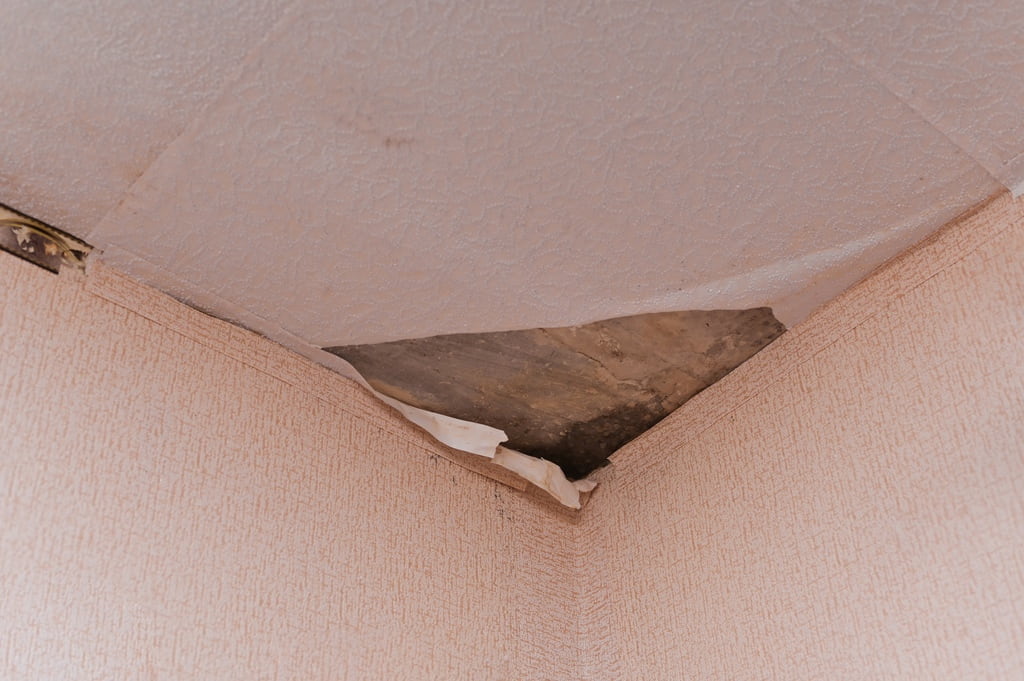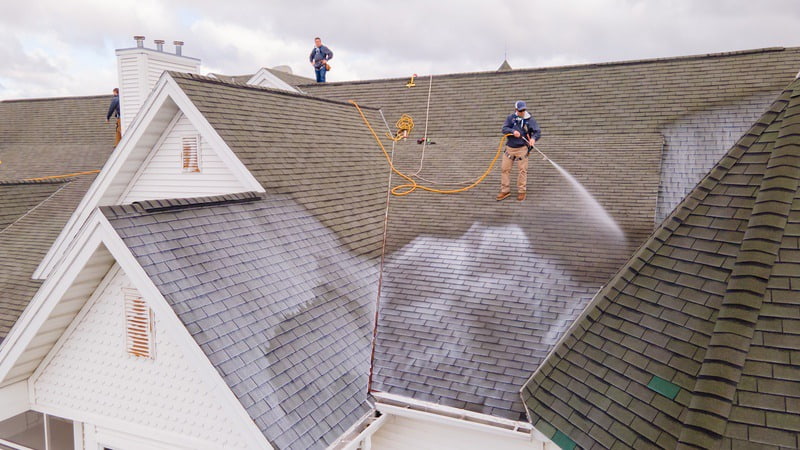Roof leaks are annoying, but they can also cause significant damage to your home if you don’t take action to fix them. But since you probably don’t have the time, tools, or experience to regularly climb up on your roof and check for damage, you should know how to spot a leak from inside your home.
Recognizing the signs of a leak indoors allows you to address issues before they escalate, minimizing potential water damage and costly repairs. Early detection also helps you prevent long-term issues like mold, weakened structures, and compromised insulation.
In this guide, we’ll help you identify the signs of roof leaks inside your home, provide tips on inspecting for leaks, and share advice on when to call a professional. We’ll also show you why it’s a good idea to rejuvenate your old asphalt shingles so that they can stay intact longer and continue to protect your home from the elements.

Spotting roof leaks early can save you time, money, and stress.
Here are the most common signs to look for:
Having the right tools on hand makes it easier to locate and assess roof leaks.
Here’s what you’ll need:

Follow these steps to identify roof leaks from inside your home:
Use a flashlight to inspect the underside of the roof for water stains, wet insulation, or visible drips. Pay close attention to areas around roof penetrations like vents or chimneys.

Look for discoloration, bubbling paint, or damp spots. These are often located directly below the source of the leak.
Check for water streaks or peeling wallpaper. Water from roof leaks can travel along walls before pooling in visible areas.
Press the moisture meter against suspected wet spots to measure moisture levels. High readings confirm water infiltration.
Inspect problem areas during or immediately after rainfall to pinpoint active leaks.
Finding the exact source of a roof leak can be challenging since water often travels along beams or insulation before reaching a visible point. Here’s how to locate the source of the issue:
If you spot a roof leak, there are a few immediate steps you can take to minimize damage while waiting for repairs:
Proactive roof inspections can help you catch potential leaks before they become major problems. Here’s why scheduling regular checks is important:
Consider scheduling inspections at least twice a year, ideally in the spring and fall, to stay ahead of potential issues.

While Roof Maxx treatments aren’t directly intended for waterproofing, they can play a valuable role in protecting your home by extending the lifespan of your asphalt shingles. Here’s how our solution helps reduce vulnerabilities to water ingress and other damage:
By proactively maintaining your shingles with Roof Maxx, you’re better equipped to protect your home from water damage and avoid costly repairs down the line. Learn more about preventing vs. fixing a leaky roof here.
Early detection is key to preventing serious damage from roof leaks. By understanding the signs, using the right tools, and taking timely action, you can protect your home and avoid costly repairs. For persistent or complex leaks, don’t hesitate to reach out to a professional roofer for expert assistance.
And remember: keeping your roof in good condition makes leaks less likely to happen in the first place! Learn more about how you can extend the lifespan of your asphalt shingles by up to 15 years with Roof Maxx treatments—find a dealer near you today.
Look for water stains that start at the ceiling and move downward or damp spots near walls. These often indicate a roof leak, whereas plumbing leaks might cause wet areas near fixtures or pipes.
No, roof leaks typically worsen over time. Even if the water appears to stop during dry weather, the issue will likely return with the next rain.
Schedule roof inspections at least twice a year—once in the spring and once in the fall—and after severe weather events.
Roof Maxx is not designed specifically to waterproof rooftops—but by restoring the condition of your asphalt shingles, it can make them less likely to crack or break in ways that allow water to seep through. Our natural plant-based formula restores the oils lost by your shingles over time, which makes them more flexible and durable—as well as increasing their resistance to water, fire, and other elements. See the science behind Roof Maxx here.
With our five-year, transferable warranty, you’ll enjoy the peace of mind that your roof and entire home are protected.